John Isner, Sam Querrey and Mardy Fish should not be criticized for falling one victory short of reaching the U.S. Open quarterfinals; they  (and the coaches who developed them ) should be hammered, however, for trying to do so while playing a game unsuited for their physical talents.
Like their smaller, fellow pros, Isner, who is 6’9″, Querrey (6’6″) and Fish 6’2″ are primarily baseline automatons. They shouldn’t be. Instead of relying on ground-strokes, alternately pounding forehands and two-handed backhands, they should be serving-and-volleying, moving to the net at every opportunity on slicing approach shots. Once there, they should punch put-away volleys or smash overhead winners.
Why they refuse to take advantage of the physical gifts they’ve been given is inexplicable. It’s analogous to Dwight Howard refusing to dunk or using his strength and height to score easy layups. Isner, Querrey and Fish insisting on playing from the baseline is like Shaq insisting on shooting only three-pointers.  Okay, that might be a bit too much of a stretch.
I believe Isner, Querrey or Fish would have won a couple of major titles by now had someone made them abandon their two-handed backhand years ago and helped them develop the instincts and style of a serve-and-volleyer. Robert Landsdorp helped Pete Sampras (6’1″)make the switch and the rest is history. Sampras won 14 major titles, Martina Navratilova (5’8″) won 18, Rod Laver (5′-7″) won 11, John McEnroe (5’11”) won seven, Stefan Edberg (6’2″) won six and Boris Becker (6’3″)won six. All were classic serve-and-volleyers.
Had someone schooled Venus Williams (who is 6’1″) years ago on the potency of the serve-and-volley game, she – not little sis, Serena – would now be the game’s dominant pro, and probably on course to break serve-and-volleyer Margaret Smith Court’s record of 24 major titles.  Too often Venus rushes the net after hitting topspin approach shots (instead of slice), as she did in a quarterfinal victory against Francesca Schiavone Tuesday. With the ball sitting up, Schiavone easily smacked it by her. Developing sound serve-and-volley tactics takes time. Venus and her six-foot plus male compatriots occasionally flirt with an aggressive style of play, but It might be too late for them to make the dramatic style and mindset changes that are needed .
The USTA, indeed, the tennis world, needs to do something quickly about the absence of routine creativity and contrasting styles or the magic might soon be gone. The rest of the sports world needs more than Roger Federer’s annual shot between the legs antics to stay tuned.
In recent years tennis coaches/entrepreneurs have abandoned the serve-and-volley game, probably because youngsters 10-and-under can’t swing the racket with one hand.  Many, no doubt, fine it easier -and more profitable – to teach the two-handed backhand and de-emphasize the antiquated serve-and-volley game.
With no American men in the U.S. Open quarterfinals for a second consecutive year, it’s time for USTA executives and coaches to resurrect the serve-and-volley game. Â They should do this with a junior development program staffed with former pros capable of teaching promising juniors the fundamentals and nuances of the game inside the service box, as well as behind the baseline.
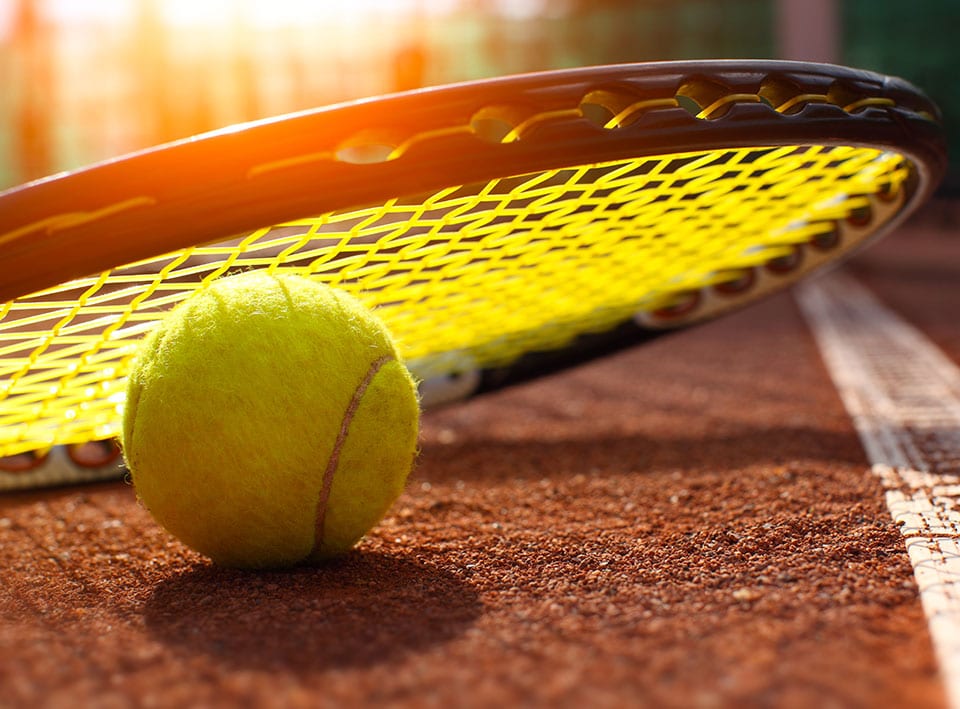
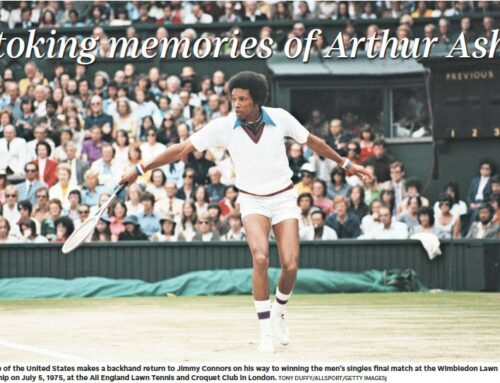
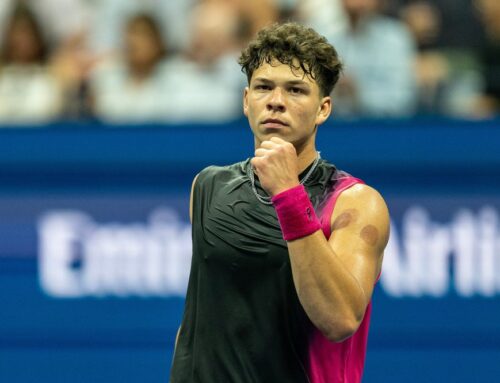
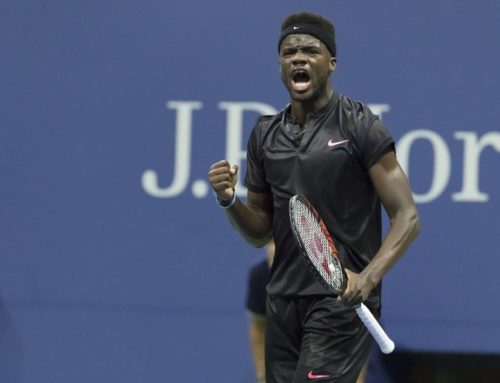
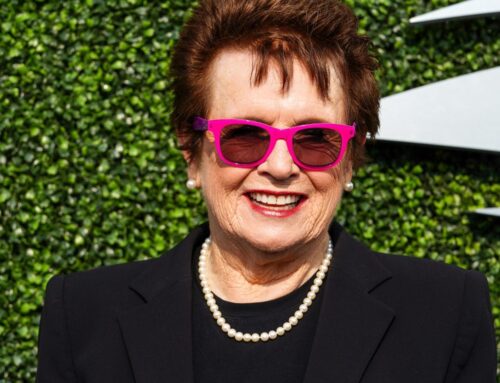
Leave A Comment